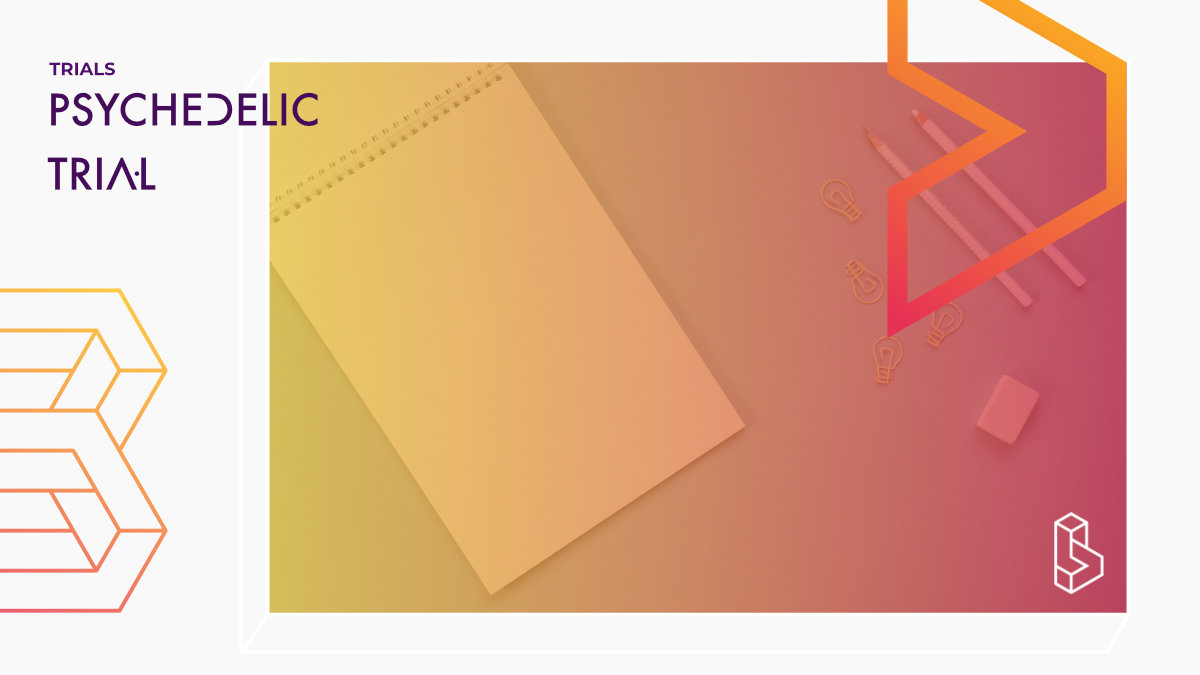The objective of the current program of research will be to test whether intranasal ketamine treatment is more effective than placebo in reducing suicidal ideation in suicidal patients presenting for acute treatment in emergency department settings.
Secondary objectives will test the effect of genotypic differences in the mu opioid receptor on efficacy of ketamine and the correlation of speech patterns and facial movement patterns with subjective reductions in suicidal ideation after ketamine treatment.
Topic Depression
Suicidality
Country United States of America
Visit trial
Trial Details
Trial Number

